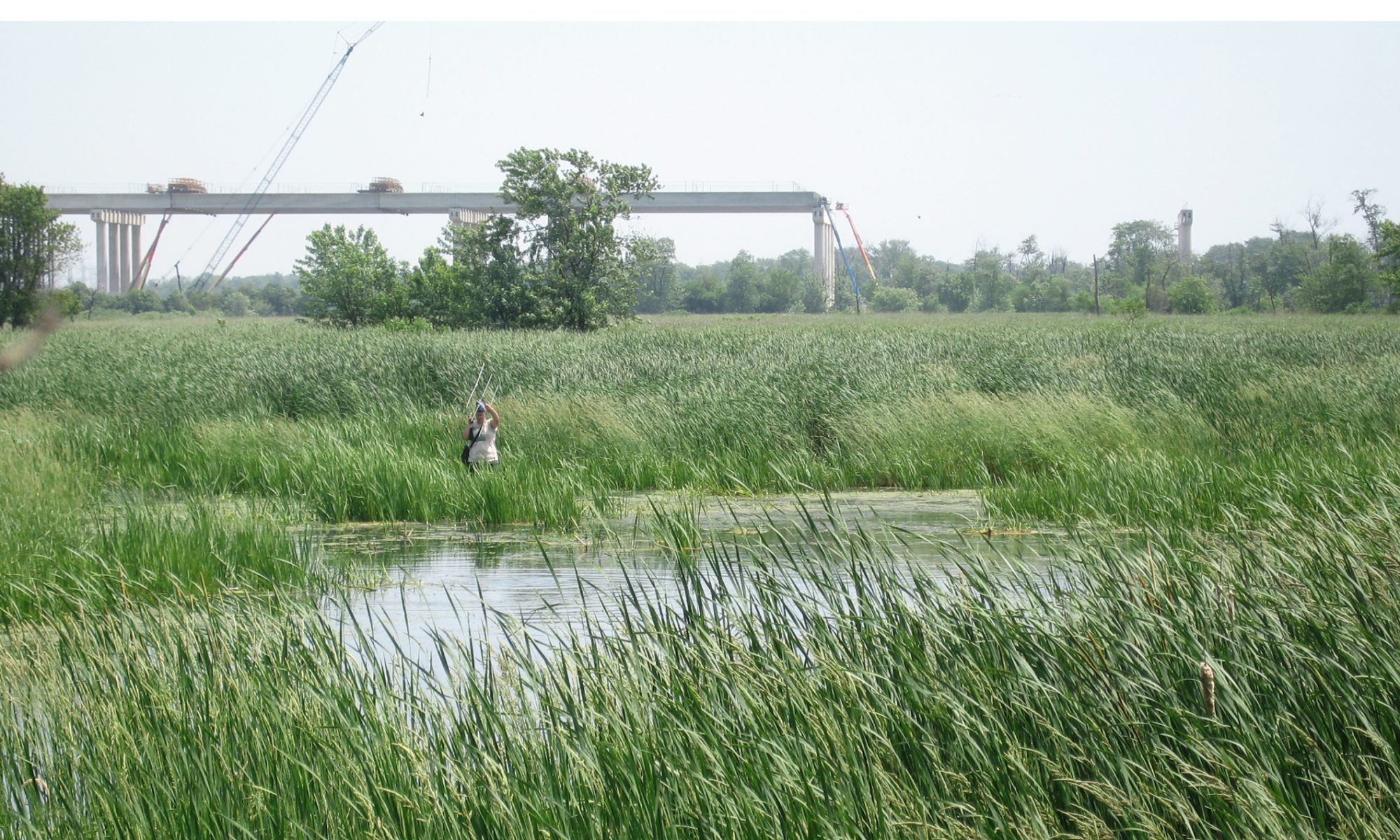The American Brook Lamprey is a state-threatened species found
in large clear creeks in northeastern Illinois. The free-swimming
adult stage is short, spawning, and dying shortly thereafter. The
larval stage can last more than 5 years, during which the larva
burrows in sandy, silty substrate with only its head exposed. This
life history makes detecting them with traditional survey methods
difficult. For this reason, another of our early eDNA projects
focused on detecting the American Brook Lamprey. Our lab tests
found our primer for the American Brook Lamprey amplified DNA
of the correct species (INHS 2019:13). This listed species can now
be more easily surveyed by collecting water samples from suitable
habitat and analyzing for shed DNA.
We are currently developing and testing primers for amplifying
Banded Killifish and Starhead Topminnow eDNA. In Illinois,
the Western Banded Killifish is a state-listed species, whereas the
Eastern Banded Killifish is a non-native invasive. If our work is
successful, the primers will be specific enough to differentiate
the Western and Eastern Banded Killifish and potential hybrids.
Development of a subspecies-specific primer will allow for
eDNA detection in potentially inhabited wetlands and eliminate
the sequencing step needed to determine subspecies yielding an
in-house and quicker subspecies determination. Once subspecies
are determined, we will process water samples from 3 lakes within
the Chicago region to see if they are detected.
Several state-endangered and threatened species occur in glacial
lakes of northeastern Illinois. These species are often hard to detect
by traditional sampling and may be more abundant than currently
believed. We are now collecting samples of several difficult to detect
species to develop eDNA primers for surveys in northeastern
Illinois. If our surveys find these species are more common than
currently known, their listing status may be changed, as was done
for the Iowa Darter.
